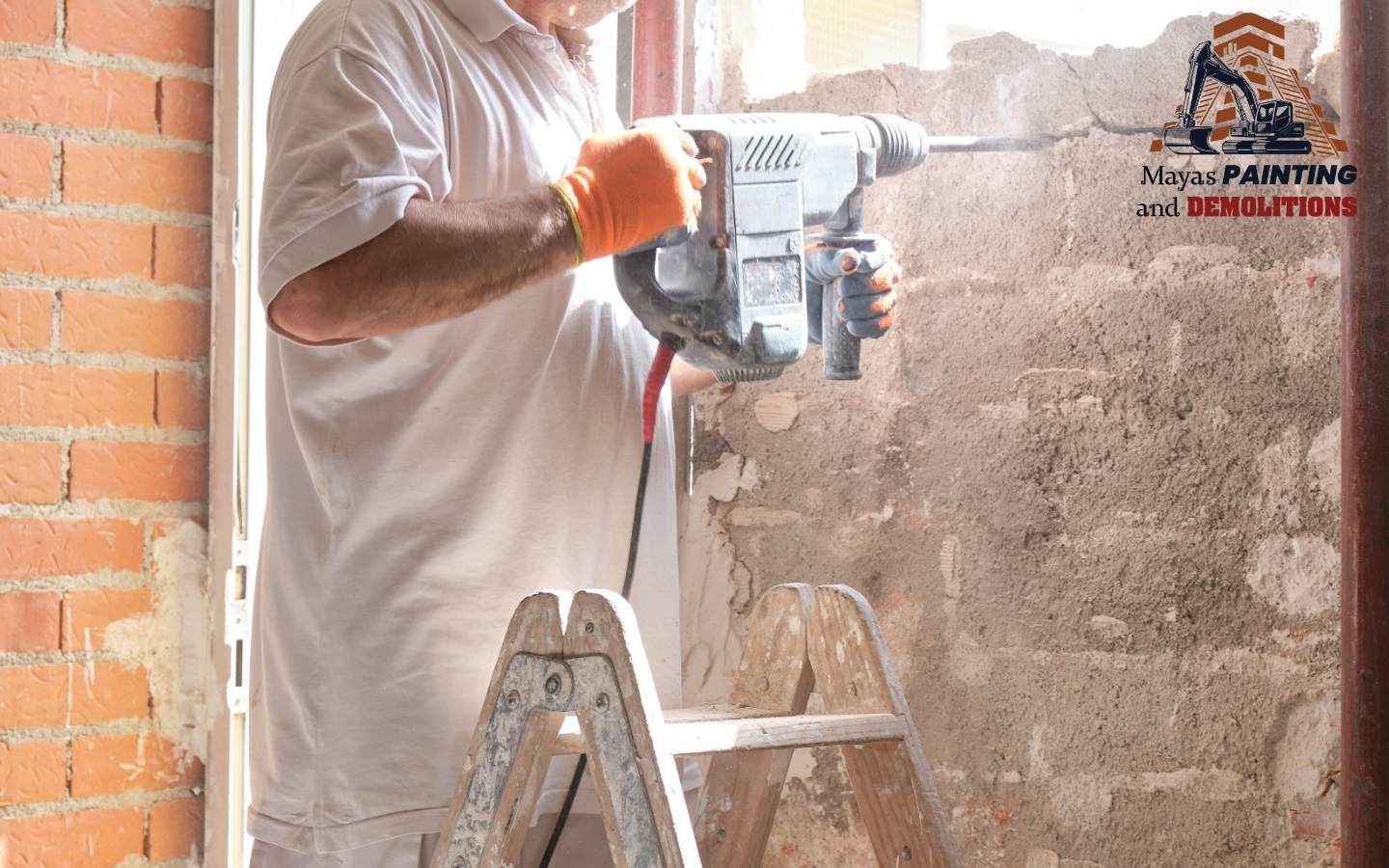
Understanding how a demolition hammer works is essential for anyone handling tough materials like concrete and brick. These powerful tools break apart surfaces efficiently, making demolition faster and safer. Knowing their mechanics helps users choose the right tool and use it effectively. This guide covers their operation, features, and key benefits.
How a Demolition Hammer Works
Breaking Down the Mechanism
A demolition hammer operates by delivering repetitive, high-impact force, which effectively breaks apart solid surfaces. Unlike standard tools, it does not rotate but instead channels energy directly into the material, allowing for controlled and efficient demolition.
Key Features That Power a Demolition Hammer
- Electropneumatic Mechanism – Generates force using compressed air and a piston system.
- Anti-Vibration Technology – Reduces strain on the user for prolonged operation.
- Variable Speed Control – Adjusts impact force for different materials.
- Heavy-Duty Casing – Protects internal components from damage.
When to Use a Demolition Hammer
Ideal Applications for This Tool
A demolition hammer is essential for breaking through concrete, tile, asphalt, and stone. It is commonly used in:
- Renovation Projects – Removing old flooring, walls, and outdated structures.
- Foundation Work – Breaking up concrete slabs and driveways.
- Road Repairs – Chipping away damaged pavement before resurfacing.

Choosing the Right Power Level
Different tasks require varying impact forces. Lighter models are suitable for small projects, while heavier-duty hammers are ideal for demolishing thick concrete and reinforced structures.
Factors That Affect Performance
Impact Energy and Power Output
A higher impact energy rating (measured in Joules) means greater breaking force. Professionals should assess the tool’s power before selecting a model.
Weight and Handling
A lighter hammer offers better maneuverability, while a heavier one delivers stronger impact. Choosing the right balance ensures both efficiency and comfort.
Bit Type Compatibility
Matching the hammer with the right chisel, point, or flat bit maximizes performance. Different bits excel in different tasks, so using the correct one makes a difference.
Understanding Safety and Proper Use
Best Practices for Safe Operation
- Use Protective Gear – Safety goggles, gloves, and ear protection prevent injury.
- Secure the Work Area – Ensure surrounding spaces are clear before use.
- Apply Even Pressure – Let the tool do the work instead of forcing it.
- Check for Electrical and Plumbing Lines – Avoid damaging hidden infrastructure.
Preventing Common Mistakes
Using excessive force or choosing the wrong bit can reduce tool efficiency. Regular maintenance also prevents wear and ensures the hammer lasts longer.
A demolition hammer is a powerful tool designed to simplify heavy-duty demolition tasks. Knowing how it works and using it correctly ensures faster, safer, and more efficient results. If you need professional demolition services, we provide free estimates, 13 years of experience, and licensed expertise for residential and commercial projects. Contact us today to get started.
